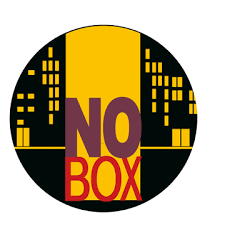It’s the big question in word of mouth: what is an advocate worth?
Well, according to research Syncapse and Hotspex have just released on eMarketer, on average $136.38. The study looked at the Facebook fans of the 20 biggest corporate brands on the site, and calculated the fans’ worth from a combination of how much they spent on the products, loyalty, recommendations and earned media.

In fact, for many food and beverage brands on Facebook, fans spent more than double on the brand than non-fans.

This reiterates the findings of a study earlier this year, which showed that consumers were more likely to buy from or recommend a brand after becoming a Facebook fan or follower.

It’s an interesting start to WOM ROI, although of course the real impact of advocacy goes far beyond Facebook, to cover not just the other social media platforms but real life conversations too.
Facebook fans are a notoriously passive group, and just clicking on a ‘become a fan’ button represents none of the participation and opinion-giving that true advocacy entails. Of course, there’s an exciting implication here. If these guys earn so much for a brand, how much more valuable must the fans be who actually bother to upload photos and videos, write detailed, passionate reviews on their pages and blogs and forums, and take that enthusiasm to the dinner table and the school gates?
Working out the ROI of an individual advocate beyond a single platform is a mighty complex task, but we’re getting there. For now, research like this indicates just how powerful that proactive, cross-platform advocacy is.
Molly Flatt

